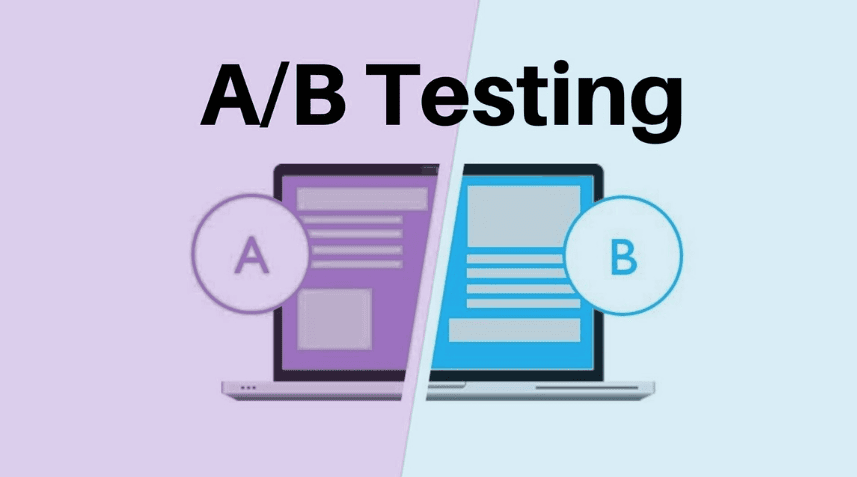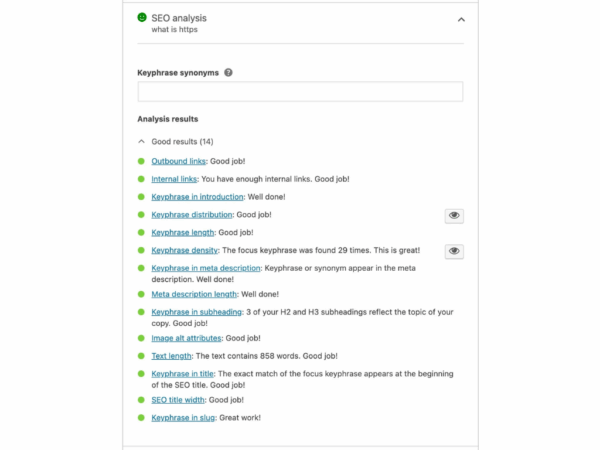
It’s officially Q4 of the fiscal year, which means the holiday season is coming up quickly. Spanning between October 1st and December 31st, the fourth quarter is the busiest and the most profitable time of the year for many businesses. In 2023, 68% of holiday shoppers planned to buy online rather than in stores, and proper website preparation can maximize this traffic to boost revenue. With that in mind, here’s a step-by-step checklist for digital marketers to optimize their strategy before the traffic hits.
Step 1: Review & Optimize Your Website
- Audit your site speed and mobile responsiveness using sites like Google's PageSpeed Insights and fix any errors that pop up.
- Ensure any seasonal leading pages have Call-To-Actions that are clear and conversion-focused with the proper links nearby.
- Confirm Google Analytics and any pixels are connected and measuring traffic correctly for all relevant pages.
- Use websites like Hotjar to analyze current website heatmaps and consumer behavior on your site.
- Verify that all of your website's pages are indexed using Google Search Console.
Step 2: Audit Paid Media & Budgets
- Analyze YTD performance of ads and adjust as necessary (Google, Meta, X, etc.)
- Use tools like Reach Planner to measure potential reach on social media ads.
- Shift spend from underperforming ads to top performers before the holiday rush.
- Implement A/B testing on headlines, creatives, or offers so you know what works best heading into Q4.

Step 3: Plan and Launch Holiday Campaigns
- Use project management tools like a Gantt Chart to map out timelines for Black Friday, Cyber Monday, and year-end promotions.
- Decide which platforms to prioritize based on your target market (social ads, email, pay-per click ads, display, etc.
- Prepare visuals and copy to avoid last minute stress.

Step 4: Leverage Social Media & Content Marketing
- Schedule engaging, seasonal content in advance to minimize stress.
- Boost performance on social media platforms with short form video content like behind-the-scenes videos or limited time offers.
- Encourage User Generated Content with giveaways or branded hashtags.
Step 5: Optimize Email Marketing
- Use CRM software like Salesforce to segment consumer database into lists such as loyal customers, lapsed users, and prospects.
- Set up holiday drip sequences.
- Experiment with subject lines, calls-to-action, and personalization to boost open rates.
Step 6: Refresh Your SEO Strategy
- Update your keyword research to include holiday and seasonal terms. Websites like Semrush are great for finding relevant keywords.
- Optimize product or service pages with fresh meta descriptions and headers that include holiday messaging.
- Review any blog content.
- Add any internal links that may have become relevant since the blogs were originally published.
- Check for broken links and address as necessary.
- Refresh outdated statistics.

Conclusion
In the end, a well-prepared Q4 strategy means a stronger close to the year and boosted revenue in the busiest and most profitable time of year. Also, good preparation means your business will be set up for a successful year in 2026. Therefore, it’s worth taking the time to make sure your website, social media, and email marketing is up to date and working.
To start of Q4 strong, click here to download a Free Printable Checklist that includes all the steps. You can also reach out to a BRAINBOX representative to get a personalized digital marketing strategy or a free audit!





